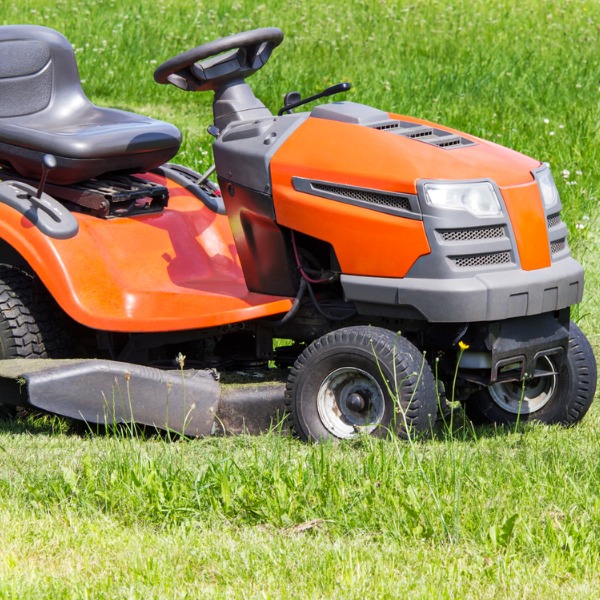When it’s time to replace the belts in your riding mower or lawn tractor, you might be confronted with a confusing set of terms, making it challenging to decide which belt to buy. In addition to basic specifications like size, there are different types of belts depending on the application. Choosing the correct belt is highly important for the proper operation of your equipment.
5 need to know terms for replacement engine and mechanical belts.
1) V-Belts
You might wonder why so many belts and pulleys are designed with a V-shape. It’s because the mechanical properties of a wedge optimizes performance at high speeds and enhance pulling power. V-belts use the science of physics to deliver better performance for many mechanical applications.
2) Double V-Belts
The design pf many engines places a lot of stress on belts. When a belt travels a course that includes abrupt directional changes, it creates stress points on the belt that can cause premature failure. Double V-belts are made to provide better resistance to the challenges of tight and significant directional changes.
3) Covered Belts
The name is very descriptive. These belts have a protective covering. If you say a reason for this protective wrap is to reduce wear and shield the belt from contamination, you would be right. But there is another significant reason that some belts have a covering. It allows for a little bit of slippage. Now that might make you question why in the world would you ever want any slippage? Isn’t slippage something to be avoided? It turns out not for belts used in deck applications. You want a little slippage in case the mower blade strikes a rock, tree stump or concrete. A bit of slippage reduces the chances of damage from striking hard objects.
4) Raw Edge Belts
There are other applications in which you want no slippage at all. The powertrain driving wheels is a good example. Any belt slippage could make powering the wheels sluggish or choppy. You want your wheels to stay in motion even if they encounter slippery ground. Raw edge belts are the best choice for these applications because they resist slippage.
5) Cogged Belts
Cogged belts are a higher grade of raw edge belts that excel in resisting slippage. The belts have perpendicular slots that allow for cooler operation, excellent fit and less re-tensioning. The design of cogged belts delivers a long service life and requires less adjustment over time.
Equip yourself with knowledge when selecting replacement belts.
Knowing what to look for will make you a more informed buyer when looking for replacement belts for your riding mower or lawn tractor. A more informed shopper makes better buying decisions.
Return to the Buying Guide main page.

